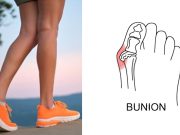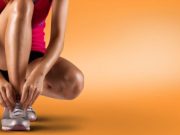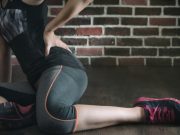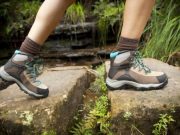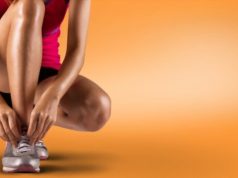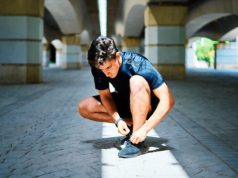Are you an avid runner looking for the perfect running shoes? Finding the best shoes for your feet can be a challenge, but with the correct information, you’ll be able to pick the perfect pair. In this blog post, we’ll go over Different types of running shoes and how to choose which one is best for you. Whether you’re a casual runner or an avid athlete, this blog has everything you need to know about running shoes. So, let’s get started!
Table of Contents
Top 5 Different Types of Running Shoes?
If you’re a runner, you know that having the right shoes is essential. Knowing the types of running shoes and what they are designed to do can help you choose the best pair for your needs. Lightweight shoes provide flexibility and comfort while cushioning shoes absorb shock to reduce fatigue. Stable shoes provide extra support for those with high arches or rigid feet, while motion-control shoes are designed to limit excessive pronation. Finally, supinator shoes are best for those who have a tendency to roll their feet outwards when running. With all this knowledge, you’ll be able to find the perfect pair of running shoes for your feet and get the most out of your runs!
01: Lightweight Shoes
If you’re looking for the lightest possible everyday trainer, then the New Balance Fuelcell Rebel V3 should be at the top of your list. It’s designed to be lightweight and comfortable, with a low profile that still provides plenty of cushioning. The Hoka Rincon 3 is another great option for those who want more support. It offers excellent cushioning while still weighing only 8.9 ounces, making it one of the lightest everyday trainers. When it comes to lightweight running shoes, these are two great options that you should definitely consider.
02: Cushioning Shoes
Cushioning shoes are designed to provide extra shock absorption for runners. These shoes are an excellent option for anyone who wants to reduce the impact on their feet and joints when running. They feature a midsole design that emphasizes enhanced shock dispersion, as well as additional materials in the heel and forefoot areas for added comfort. If you’re looking for a shoe that offers maximum cushioning without sacrificing performance, then cushioning shoes may be the perfect choice for you. With reliable support, lightweight materials, and optimal cushioning, these shoes can help you get the most out of every run.
03: Stability Shoes
Stability shoes are designed for runners who have normal to moderate overpronation. These shoes include cushioning features and support to help reduce the foot’s inward roll when running. If you have high levels of overpronation, then consider a motion-control shoe as an alternative. Stability shoes come in various types, such as lightweight, structured cushioning, and stability shoes. Whether you are a beginner or an experienced runner, these shoes can offer you the support and comfort you need to get out on the roads and trails.
04: Motion Control Shoes
Motion control shoes are designed for runners with flat feet, larger bodies, or those severe overpronation. They feature dual-density midsoles, roll bars, or footbridges that provide extra medial support to the foot. In addition to arch support, most motion-control shoes have posts in the medial heel and midfoot to assist the posterior tibialis and other muscles in the foot. If you are looking for a shoe designed to provide maximum stability and support during your run, motion-control shoes are a great option.
05: Supinator Shoes
If you’re a supinator, you need to look for running shoes that provide additional support and cushioning. The right shoes will help to reduce the impact of your foot strike, helping to reduce fatigue and prevent pain. Look for shoes with a wider sole, more cushioning, and stability features such as medial posts. Popular supinator running shoes are the Hoka One One Bondi 8, Levitate 6, Glycerin 20, and Ghost 15. With so many styles to choose from, you can easily find a pair of running shoes that will suit your needs while helping you stay comfortable and injury-free.
In conclusion, choosing the right running shoes can be difficult, but with the proper knowledge and research, you can find the perfect fit for your lifestyle and running routine. Knowing the different types of running shoes, such as lightweight, cushioning, stability, motion control, and supinator shoes, is essential in making an informed decision. Additionally, understanding the features that are most important for your running level (beginner, intermediate, or expert) will help narrow down your choices. Finally, considering the terrain you’ll be using your shoes on (road or trail) is essential for getting the most out of your purchase. Following these tips and avoiding common mistakes will help you successfully find the best running shoes for you.





